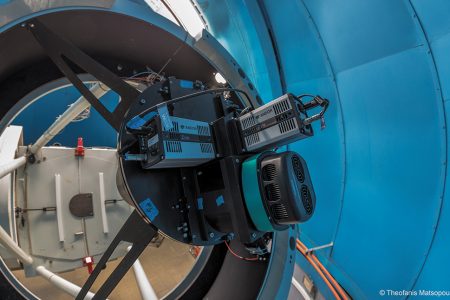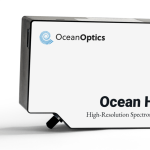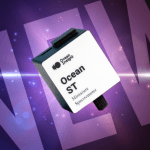Impacts from Near-Earth Objects (NEOs), such as meteoroids, asteroids, or comets, can be a threat to Earth, artificial satellites, and spacecraft. It is therefore important to determine their size and assess how numerous they are. A technique to investigate the size-frequency distribution of NEOs is the so-called Lunar Monitoring Method. This method is based on observations and detections of faint light flashes on the Moon’s surface caused by NEO impacts.
Recently, the ESA-funded lunar monitoring project “NELIOTA”(1) (NEO Lunar Impacts and Optical TrAnsients), which features two Zyla 5.5 sCMOS cameras from Andor, an Oxford Instruments company, reported the successful detection of 31 NEO impact flashes in the project’s first year of observations(2). To date, the number of detected NEO impacts increased to 55. The monitoring campaign, now being extended to January 2021, has been performing observations since February 2017 with the recently updated and ground-based 1.2m Kryoneri telescope of the National Observatory of Athens (NOA).
NELIOTA is the first project to use a 1 meter class telescope for lunar observations, capable of detecting impact flashes about 2 magnitudes fainter than other smaller-aperture monitoring telescopes. In addition, the telescope’s twin camera system called “Lunar imager” offers simultaneous observations of the Moon’s surface in two optical photometric bands, allowing researchers to determine the temperature of each impact flash(3). Furthermore, NELIOTA is one of the pioneer astronomy projects to use sCMOS detectors for their observations.
“Impact flashes are dim events which happen on very short timescales,” says Dr. Panayotis Boumis, Instrumentation Manager of the NELIOTA project at the Institute for Astronomy, Astrophysics, Space Applications and Remote Sensing (NOA). “Therefore, we were looking for a detector which is able to perform high-cadence observations with more than 20 frames per second, while simultaneously offering high sensitivity and resolution. For the NELIOTA project, we thus utilized the two Zyla 5.5 sCMOS cameras for our Lunar imager, with pixel sizes of 6.5 microns and a sensor diagonal of 22 mm. The sCMOS cameras yield images at the required rate of 30 frames per second, each frame providing a high-accuracy hardware-generated time-stamp. This is of great relevance as we need high precision time measurements of the detected lunar impact flashes. In addition, the light and compact design of the Zyla 5.5 sCMOS cameras fulfilled another important requirement of the NELIOTA project.”
According to Dr. Ines Juvan-Beaulieu, Astronomy Specialist for Andor, “NELIOTA’s successful detection of lunar impact flashes is a crucial result for determining the size and distribution of objects in Earth’s neighborhood. We are proud that the capabilities of two Andor Zyla 5.5 sCMOS cameras can contribute to improving impact statistics, allowing assessment of related risks to Earth and artificial satellites.”
For more information, please visit https://andor.oxinst.com/cameras-for-astronomy
References
(1) NELIOTA webpage: https://neliota.astro.noa.gr/
(2) Xilouris, E.M., et al., “NELIOTA: The wide-field, high cadence lunar monitoring system at the prime focus of the Kryoneri telescope”, Astronomy and Astrophysics (2018), doi:10.1051/0004-6361/201833499
(3) Bonanos, A.Z., et al., “NELIOTA: First temperature measurement of lunar impact flashes”, Astronomy and Astrophysics (2018), doi:10.1051/0004-6361/201732109



